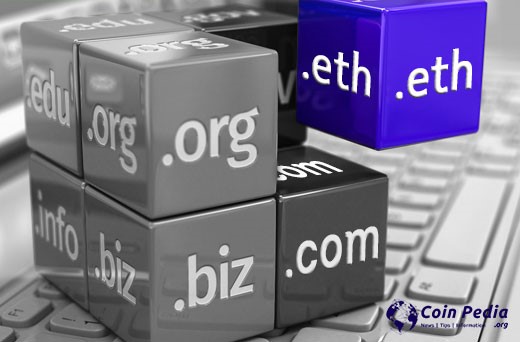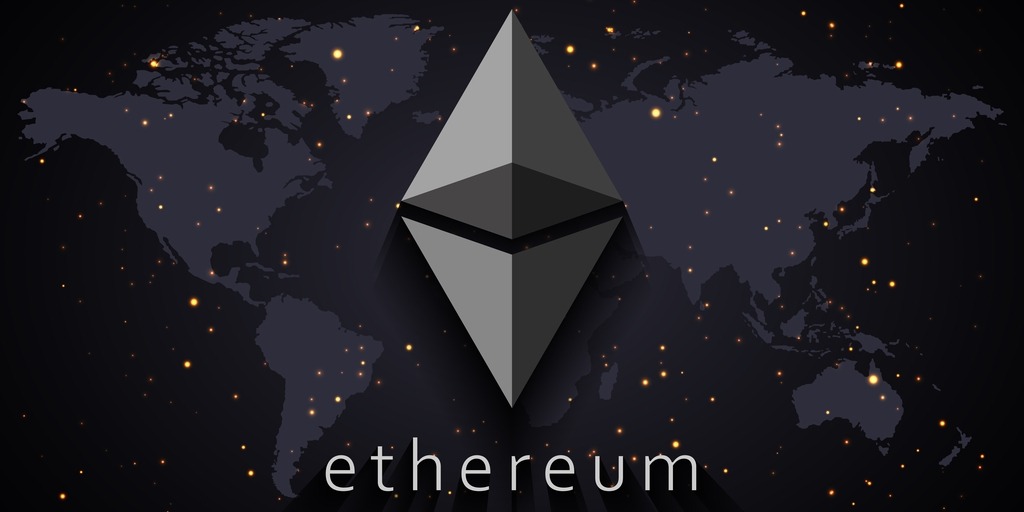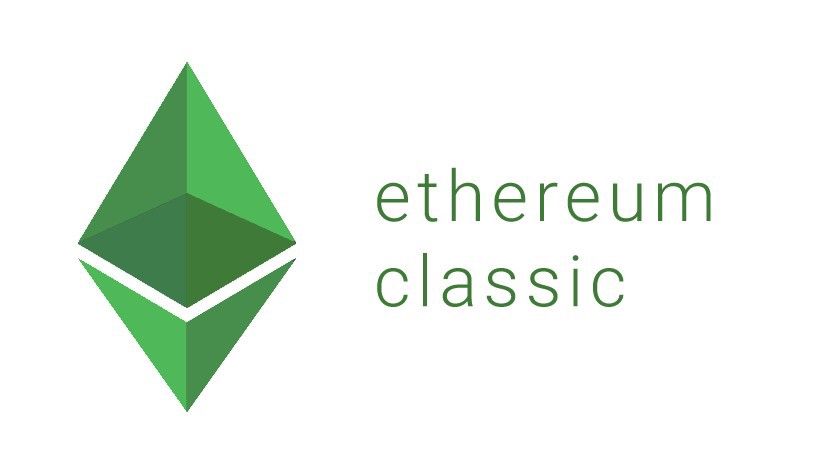Arbitrum Orbit: Scaling Ethereum with Best Efficiency and Speed In 2025
Arbitrum Orbit is a layer-2 scaling solution designed to enhance the performance of the Ethereum blockchain. Developed by Offchain Labs, it leverages cutting-edge technologies to offer faster and more cost-effective transactions while maintaining Ethereum’s security and decentralization. By enabling developers to deploy highly scalable decentralized applications (dApps), Arbitrum Orbit addresses Ethereum’s scalability challenges without compromising on user experience or security.
This article delves into the technical underpinnings of Arbitrum Orbit, its benefits, and its growing significance in the Ethereum ecosystem.
Key Highlights
- Scaling via Rollups: Arbitrum Orbit employs Optimistic Rollup technology to scale Ethereum’s throughput.
- Cost Reduction: Transaction costs on Arbitrum Orbit are significantly lower than those on Ethereum’s mainnet.
- Fast Transactions: The solution reduces latency, offering near-instant transaction finality.
- EVM Compatibility: Full compatibility with the Ethereum Virtual Machine (EVM) ensures seamless dApp deployment and user migration.
Understanding Arbitrum Orbit
Arbitrum Orbit is part of the Arbitrum ecosystem, a set of layer-2 solutions designed to solve Ethereum’s scalability issues. As Ethereum’s popularity has grown, its mainnet has faced challenges such as high transaction fees and slow processing times during periods of network congestion.
Arbitrum Orbit addresses these problems by using rollup technology to process transactions off-chain while still leveraging Ethereum’s security.
Core Principles:
- Rollup Technology:
- Arbitrum Orbit operates as an Optimistic Rollup, batching transactions off-chain and submitting proofs to the Ethereum mainnet.
- These batches include cryptographic proofs that validate the transactions, ensuring security.
- Trustless Security:
- Transactions processed on Arbitrum Orbit inherit Ethereum’s security model.
- Any discrepancies in transaction validity can be challenged, ensuring a transparent system.
- Decentralized Architecture:
- Arbitrum Orbit’s design promotes decentralization by allowing multiple validators to monitor and verify network activity.
- EVM Equivalence:
- Developers can deploy Ethereum-compatible smart contracts on Arbitrum Orbit without code modifications, simplifying adoption.
How Arbitrum Orbit Works
1. Optimistic Rollups:
Optimistic Rollups process transactions off-chain and assume that all transactions are valid by default. These transactions are bundled into batches and submitted to the Ethereum mainnet for finalization.
- Challenge Period: Validators can challenge invalid transactions during a predefined period. If a challenge is successful, the invalid transaction is reverted, and the violator is penalized.
- Efficiency: By moving computation off-chain, Arbitrum Orbit reduces on-chain congestion and gas fees.
2. Transaction Lifecycle:
- User Interaction: Users initiate transactions on Arbitrum Orbit through dApps or wallets.
- Off-chain Processing: Transactions are processed in batches on layer 2.
- On-chain Commitment: Batches of transactions are posted to Ethereum, ensuring security and finality.
3. Security Model:
- Fraud Proofs: Validators can dispute suspicious transactions using fraud proofs, which are verified by Ethereum’s mainnet.
- Trust Minimization: Users do not need to trust any single validator due to the dispute resolution mechanism.
By combining off-chain processing with on-chain verification, Arbitrum Orbit achieves scalability without sacrificing decentralization.
Benefits of Arbitrum Orbit
1. Faster Transactions:
- Transactions on Arbitrum Orbit are processed within seconds, offering a significant improvement over Ethereum’s mainnet, which can experience delays during congestion.
2. Lower Costs:
- Gas fees on Arbitrum Orbit are a fraction of those on Ethereum, making it accessible for users and developers.
- Cost reductions stem from batching multiple transactions and reducing on-chain computational requirements.
3. High Throughput:
- By processing transactions off-chain, Arbitrum Orbit significantly increases the number of transactions the network can handle.
- This scalability supports the growth of dApps and user activity.
4. Ethereum Compatibility:
- Arbitrum Orbit supports Solidity, Ethereum’s primary programming language, ensuring a seamless transition for developers.
- Existing Ethereum dApps can be migrated to Arbitrum Orbit with minimal changes.
5. Enhanced User Experience:
- Low latency and reduced transaction fees improve the overall experience for end-users, fostering adoption of decentralized technologies.
Arbitrum Orbit’s Role in Scaling Ethereum
Ethereum’s transition to proof-of-stake (PoS) with the Merge addressed energy consumption but did not solve scalability issues. Arbitrum Orbit complements Ethereum’s scalability roadmap by offloading computational work from the mainnet while maintaining its security guarantees.
Key Contributions:
- Reducing Mainnet Congestion:
- By processing transactions off-chain, Arbitrum Orbit alleviates congestion on Ethereum, enabling smoother operation for all users.
- Enabling Complex dApps:
- High-throughput capabilities allow developers to build sophisticated dApps that were previously unfeasible due to Ethereum’s limitations.
- Fostering DeFi Growth:
- DeFi platforms on Arbitrum Orbit can offer services at lower costs, attracting more users and liquidity.
- Scaling NFTs and Gaming:
- Arbitrum Orbit supports high-frequency transactions required for gaming and NFT platforms, unlocking new use cases.
Arbitrum Orbit’s scalability ensures that Ethereum remains competitive as blockchain adoption grows globally.
EVM Compatibility: A Key Advantage
One of Arbitrum Orbit’s standout features is its full compatibility with the Ethereum Virtual Machine (EVM). This equivalence ensures that developers can deploy their Ethereum dApps on Arbitrum Orbit without rewriting code or learning new tools.
Benefits of EVM Compatibility:
- Seamless Migration: Ethereum developers can transition to Arbitrum Orbit with minimal effort.
- Existing Tool Integration: Popular tools like MetaMask, Truffle, and Remix are compatible with Arbitrum Orbit.
- Wider Adoption: Familiarity with Ethereum’s development environment encourages adoption among developers.
- Interoperability: dApps on Arbitrum Orbit can interact with Ethereum and other EVM-compatible chains.
By maintaining compatibility, Arbitrum Orbit positions itself as a user-friendly scaling solution for Ethereum developers.
Arbitrum Orbit’s Ecosystem
Arbitrum Orbit has rapidly gained traction in the blockchain community, with numerous projects adopting its layer-2 infrastructure.
Key Use Cases:
- Decentralized Finance (DeFi):
- Leading DeFi platforms like Uniswap and Aave have deployed on Arbitrum Orbit, benefiting from lower costs and faster transactions.
- These platforms enable lending, borrowing, and trading with enhanced efficiency.
- NFT Marketplaces:
- Arbitrum Orbit hosts NFT marketplaces that require high transaction throughput and low fees for minting and trading.
- Gaming and Metaverse:
- Blockchain games and metaverse platforms leverage Arbitrum Orbit for real-time interactions and microtransactions.
- Cross-chain Bridges:
- Arbitrum Orbit supports interoperability between Ethereum and other chains, facilitating seamless asset transfers.
The growing ecosystem demonstrates Arbitrum Orbit’s ability to cater to diverse blockchain applications.
Challenges and Considerations
- Validator Centralization:
- While Arbitrum Orbit aims to decentralize its validator network, there is a risk of centralization in the early stages.
- Fraud Proof Delays:
- The dispute resolution mechanism relies on fraud proofs, which can introduce delays during challenges.
- Dependency on Ethereum:
- Arbitrum Orbit inherits Ethereum’s security but is reliant on its mainnet, making it susceptible to Ethereum’s network conditions.
- Regulatory Landscape:
- As layer-2 solutions grow in prominence, they may attract regulatory scrutiny, particularly in jurisdictions with strict cryptocurrency regulations.
These challenges highlight the need for ongoing development and refinement of the Arbitrum Orbit protocol.
Future Developments for Arbitrum Orbit
Arbitrum Orbit’s roadmap includes enhancements aimed at further improving its scalability, decentralization, and user experience:
- Decentralization:
- Plans to decentralize the validator set will reduce reliance on centralized entities and improve trust in the network.
- Cross-chain Compatibility:
- Expanding support for other blockchain ecosystems will enhance Arbitrum Orbit’s interoperability.
- Optimizing Fraud Proofs:
- Streamlining the dispute resolution process will reduce delays and improve efficiency.
- Developer Incentives:
- Incentive programs for developers will encourage the creation of innovative dApps on Arbitrum Orbit.
- Community Governance:
- Introducing decentralized governance mechanisms will empower the community to shape Arbitrum Orbit’s future.
These developments aim to solidify Arbitrum Orbit’s position as a leading layer-2 scaling solution.
Also, read – Optimism And Arbitrum: Top 10 Amazing Ways It Is Powering Ethereum’s Scalability In 2024
Conclusion
Arbitrum Orbit addresses Ethereum’s scalability challenges by offering faster and cheaper transactions without compromising security. By leveraging Optimistic Rollups and maintaining EVM compatibility, it provides a seamless solution for developers and users alike.
As Ethereum’s adoption continues to grow, layer-2 solutions like Arbitrum Orbit will play an integral role in ensuring the blockchain’s scalability and usability.
Stay informed with daily updates from Blockchain Magazine on Google News. Click here to follow us and mark as favorite: [Blockchain Magazine on Google News].
Get Blockchain Insights In Inbox
Stay ahead of the curve with expert analysis and market updates.
latest from tech
Disclaimer: Any post shared by a third-party agency are sponsored and Blockchain Magazine has no views on any such posts. The views and opinions expressed in this post are those of the clients and do not necessarily reflect the official policy or position of Blockchain Magazine. The information provided in this post is for informational purposes only and should not be considered as financial, investment, or professional advice. Blockchain Magazine does not endorse or promote any specific products, services, or companies mentioned in this posts. Readers are encouraged to conduct their own research and consult with a qualified professional before making any financial decisions. The featured image used is just a creative depiction of the title and it does not intend to hurt sentiments of any person or institution. If it hurts anyone sentiments, please do not hesitate to reach out to Blockchain Magazine.

 Bitcoin
Bitcoin  Ethereum
Ethereum  XRP
XRP  Tether
Tether  Solana
Solana  USDC
USDC  Dogecoin
Dogecoin  Cardano
Cardano  Lido Staked Ether
Lido Staked Ether  TRON
TRON  Wrapped Bitcoin
Wrapped Bitcoin  Wrapped stETH
Wrapped stETH  Chainlink
Chainlink  Avalanche
Avalanche  Sui
Sui  Stellar
Stellar  Litecoin
Litecoin  Shiba Inu
Shiba Inu  Toncoin
Toncoin  Hedera
Hedera  LEO Token
LEO Token  USDS
USDS  Hyperliquid
Hyperliquid  Polkadot
Polkadot  WETH
WETH  MANTRA
MANTRA  Bitcoin Cash
Bitcoin Cash  Ethena USDe
Ethena USDe  Bitget Token
Bitget Token  Wrapped eETH
Wrapped eETH  Uniswap
Uniswap  Monero
Monero  NEAR Protocol
NEAR Protocol  Pepe
Pepe  WhiteBIT Coin
WhiteBIT Coin  Aave
Aave  Ondo
Ondo  Bittensor
Bittensor  Aptos
Aptos  Internet Computer
Internet Computer  Dai
Dai  Official Trump
Official Trump  Ethereum Classic
Ethereum Classic  Mantle
Mantle  Tokenize Xchange
Tokenize Xchange  OKB
OKB  Gate
Gate  sUSDS
sUSDS  Coinbase Wrapped BTC
Coinbase Wrapped BTC 




